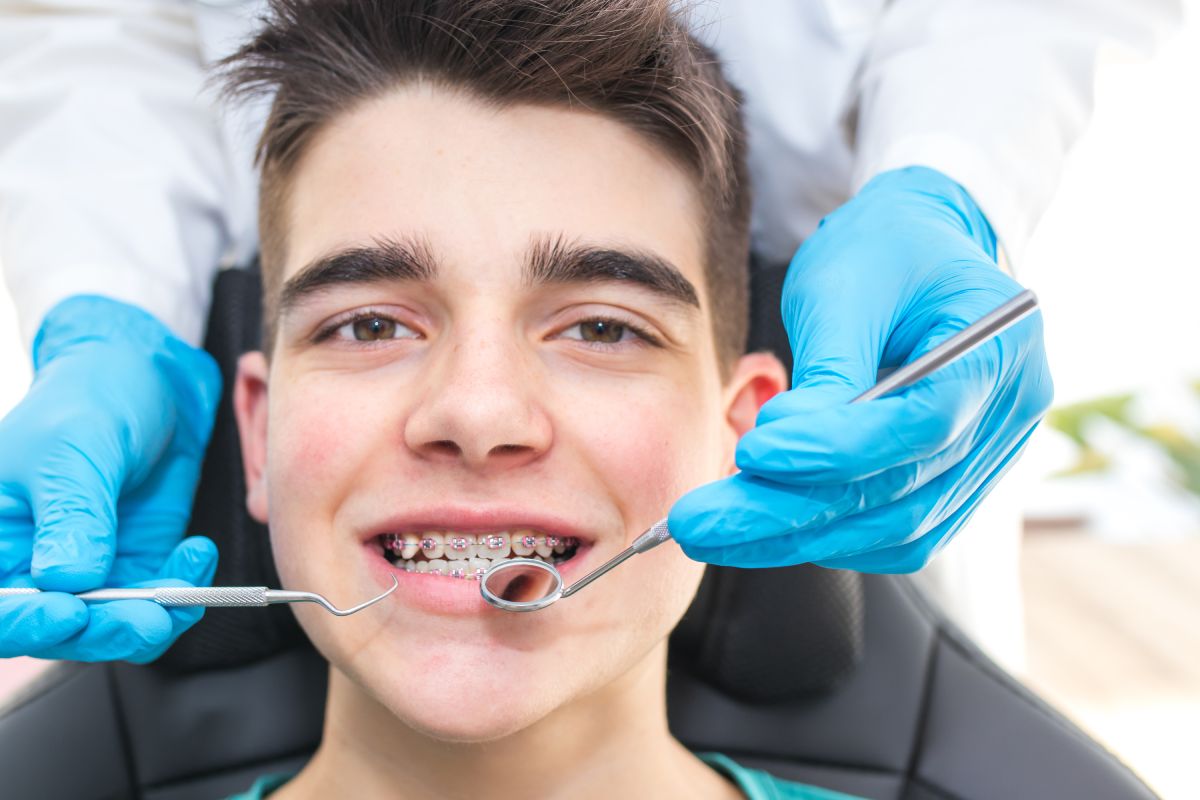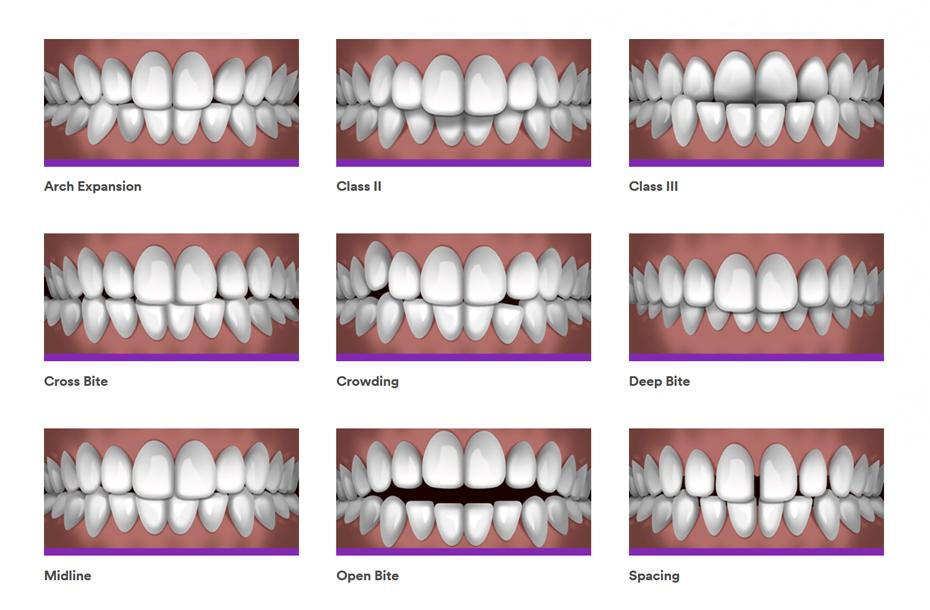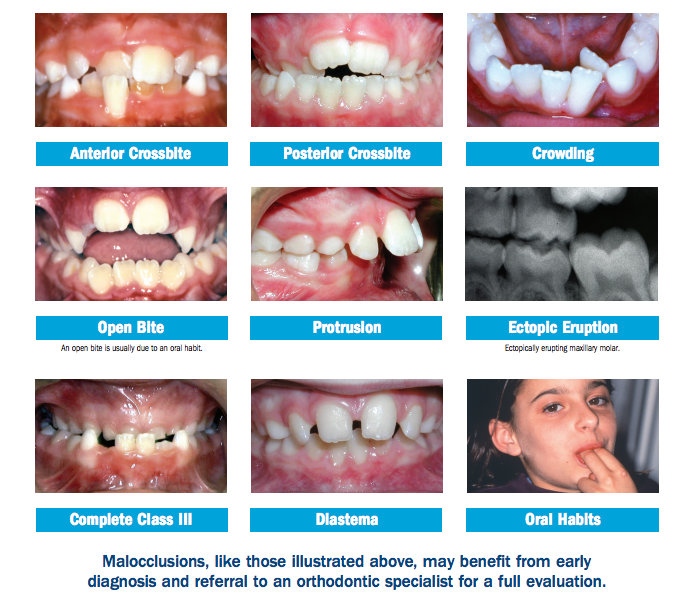The Buzz on Causey Orthodontics
Table of ContentsThe 9-Second Trick For Causey OrthodonticsThe smart Trick of Causey Orthodontics That Nobody is DiscussingTop Guidelines Of Causey OrthodonticsThe Ultimate Guide To Causey OrthodonticsA Biased View of Causey Orthodontics
Overlooking occlusal partnerships, it was normal to remove teeth for a variety of dental concerns, such as malalignment or congestion. The concept of an undamaged teeth was not commonly appreciated in those days, making bite relationships seem unimportant. In the late 1800s, the concept of occlusion was crucial for producing reputable prosthetic substitute teeth.As these ideas of prosthetic occlusion progressed, it came to be a very useful tool for dental care. It remained in 1890 that the work and effect of Dr. Edwards H. Angle started to be felt, with his payment to modern orthodontics specifically noteworthy. Originally concentrated on prosthodontics, he instructed in Pennsylvania and Minnesota prior to directing his interest towards oral occlusion and the treatments needed to keep it as a normal condition, hence becoming understood as the "father of contemporary orthodontics".

The idea of excellent occlusion, as proposed by Angle and integrated right into a category system, made it possible for a shift in the direction of dealing with malocclusion, which is any discrepancy from normal occlusion. Having a complete collection of teeth on both arcs was very searched for in orthodontic treatment as a result of the demand for specific connections between them.
See This Report on Causey Orthodontics
As occlusion ended up being the key concern, face percentages and aesthetics were ignored - cheapest orthodontist near me. To accomplish ideal occlusals without making use of external forces, Angle proposed that having excellent occlusion was the very best means to acquire optimal face aesthetics. With the passing away of time, it became rather obvious that also a phenomenal occlusion was not suitable when thought about from a visual viewpoint
Charles Tweed in America and Raymond Begg in Australia (that both researched under Angle) re-introduced dental care removal right into orthodontics during the 1940s and 1950s so they could improve facial esthetics while also guaranteeing far better stability concerning occlusal relationships. In the postwar period, cephalometric radiography started to be used by orthodontists for determining modifications in tooth and jaw placement brought on by growth and therapy. It ended up being evident that orthodontic treatment might change mandibular advancement, causing the formation of useful jaw orthopedics in Europe and extraoral pressure steps in the US. These days, both useful home appliances and extraoral devices are applied around the globe with the objective of amending growth patterns and kinds. As a result, going after true, or at the very least boosted, jaw partnerships had become the major goal of treatment by the mid-20th century.
Causey Orthodontics - The Facts
 The American Journal of Orthodontics was produced for this objective in 1915; before it, there were no scientific goals to follow, nor any accurate classification system and brackets that did not have functions. Till the mid-1970s, dental braces were made by wrapping steel around each tooth. With innovations in adhesives, it became feasible to instead bond metal braces to the teeth.
The American Journal of Orthodontics was produced for this objective in 1915; before it, there were no scientific goals to follow, nor any accurate classification system and brackets that did not have functions. Till the mid-1970s, dental braces were made by wrapping steel around each tooth. With innovations in adhesives, it became feasible to instead bond metal braces to the teeth.This has actually had meaningful results on orthodontic treatments that are provided on a regular basis, and these are: 1. Right interarchal connections 2. Appropriate crown angulation (tip) 3.
The benefit of the layout exists in its bracket and archwire combination, which requires just marginal cable flexing from the orthodontist or medical professional (cheapest orthodontist near me). It's aptly called hereafter attribute: the angle of the slot and density of the bracket base ultimately establish where each tooth is positioned with little requirement for extra adjustment
Causey Orthodontics Fundamentals Explained
Both of these systems employed similar brackets for each tooth and demanded the bending of an archwire in 3 airplanes for finding teeth in their wanted positions, with these bends dictating utmost positionings. When it involves orthodontic devices, they are split into 2 types: removable and repaired. Detachable home appliances can be tackled and off by the patient as required.

Thus, practically all modern-day set devices can be taken into consideration variations on this edgewise appliance system. Early 20th-century orthodontist Edward Angle made a major payment to the globe of dentistry. He developed four unique device systems that have actually been used as the basis for many orthodontic therapies today, disallowing a few exceptions.
Not known Details About Causey Orthodontics

The cord finished in a string, and to relocate forward, a flexible nut was used, which enabled for a boost in area. By ligation, each private tooth was affixed to this extensive archwire (orthodontist expert). Because of its limited series of motion, Angle was unable to achieve exact tooth positioning with an E-arch
These tubes held a firm pin, which might be repositioned at each appointment in order to move them in position. Called the "bone-growing appliance", this device was thought to encourage healthier bone development as a result of its potential for moving force straight to the roots. Nevertheless, executing it confirmed bothersome actually.